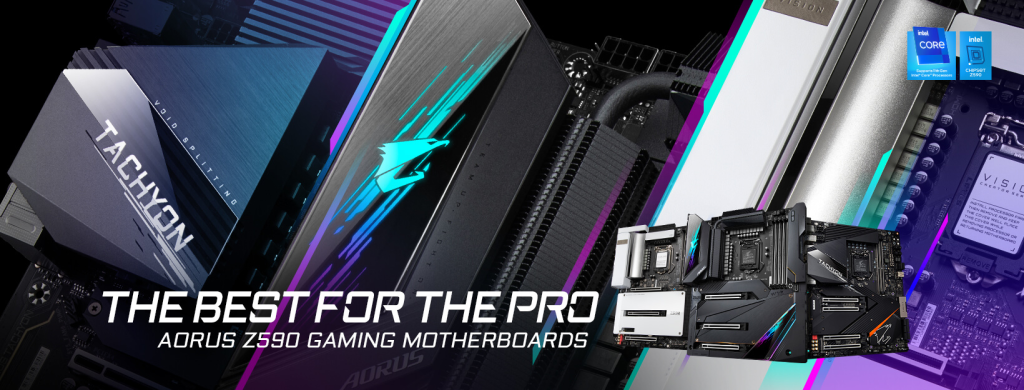Office Address
S.C Chatterjee Road - Bandel
Prantik Benepukir
IN - West Bengal
Hooghly - 712123

The motherboard is the backbone of your computer. It’s the component that connects all the other parts together and ensures they run smoothly. Therefore, picking the right motherboard is crucial to building a functional and efficient PC. This guide will walk you through the key factors to consider when choosing a motherboard. Also i have written an article in regards to debunking FPS boosting myths, you may want to read that before coming here.
The first thing to check when choosing a motherboard is its compatibility with your other components. The motherboard must support the CPU socket type, RAM type, and expansion slots you plan to use. For example, if you have an Intel LGA 1200 CPU and DDR4 RAM, your motherboard should support these.
Motherboards come in different sizes, known as form factors. The three most common are ATX, Micro-ATX, and Mini-ITX. The form factor you choose will determine the size of your case, the number of expansion slots, and the layout of the motherboard.
Remember, the right motherboard can significantly impact your computer’s performance, stability, and reliability, all of which are crucial for audio work, more on that explained a bit later. So, take your time, do your research, and choose wisely.
The quality of the components used in the motherboard is crucial for its longevity and performance. Look for features like solid capacitors, quality VRMs (Voltage Regulator Modules), and good heat sinks.

For audio-related work, the motherboard plays a significant role in the quality of the output. Here are some factors to consider:
Remember, the right motherboard can significantly impact your computer’s performance, stability, and reliability, all of which are crucial for audio work. So, take your time, do your research, and choose wisely.
For video-related work such as video editing, rendering, or animation, hardware requirements can be quite demanding. If you’re solely focused on video work, a Mac should be your first option. Apple’s ecosystem is well-optimized for video editing software like Final Cut Pro, and Macs are known for their robust performance in this area.
However, if you prefer or need to use a PC, you’ll need a powerful CPU and GPU to handle video rendering and real-time playback. A motherboard with a good VRM (Voltage Regulator Module) is also essential for stable power delivery, especially if you plan to overclock your CPU for better performance.
For office-related tasks like word processing, spreadsheets, or web browsing, you don’t need a high-end motherboard or powerful CPU/GPU. Most modern motherboards and CPUs can handle these tasks without any issues. In this case, your primary concern would likely be budget. Choose a motherboard that fits your budget but still offers reliable performance and the features you need, like enough USB ports and support for the type of storage you plan to use.
More expensive motherboards usually offer more features, but that doesn’t mean they’re better. Determine what features you need and choose a motherboard that offers those within your budget.
Before making your final decision, check online reviews and ratings from other users. They can provide valuable insights into the motherboard’s performance and reliability.
In conclusion, choosing the right motherboard is a critical step in building a PC. By considering the factors outlined in this guide, you can ensure that you pick the best motherboard for your needs. Happy building!
For advanced users who know all of this, you might consider watching this video from Buildzoid (Actually Hardcore Overclocking YT), in regards to picking a motherboard.